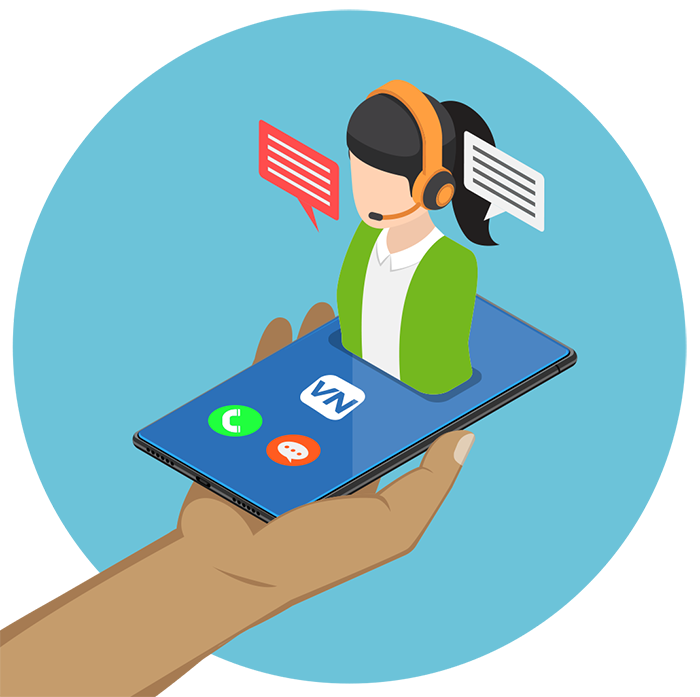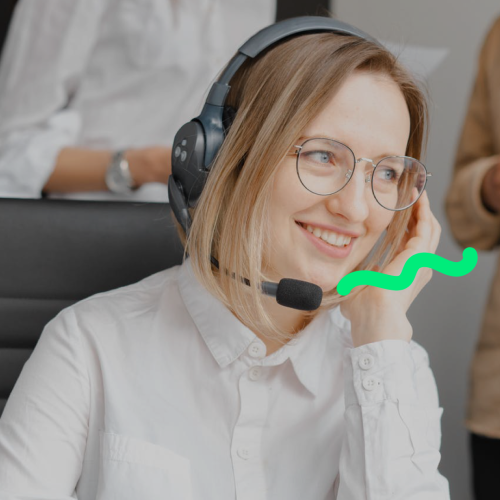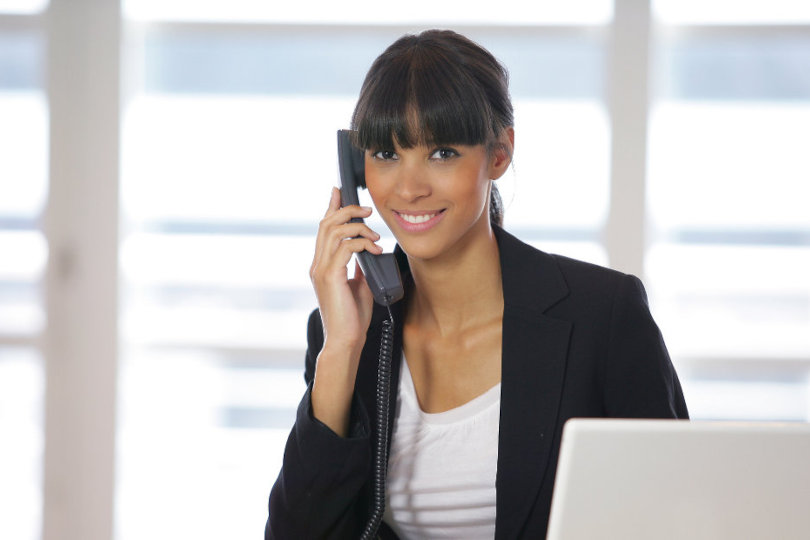All Categories
Featured
Table of Contents
- – Which Is The Best Telstra Voice Features & Serv...
- – The Best Outsource Answering Services In The U...
- – Best Automated Answering Services - How Do The...
- – Whats The Best What Is An Answering Service? ...
- – Which Is The Best What Is A Phone Answering S...
- – What Is The Best Answering Machine Company
Which Is The Best Telstra Voice Features & Services - Home Phone Company
This device and its followers were created by Sava Jacobson, an electrical engineer with a personal consulting organization. While early answering machines utilized magnetic tape technology, the majority of modern devices utilizes strong state memory storage; some devices use a mix of both, with a solid-state circuit for the outgoing message and a cassette for the incoming messages.
"toll saving" listed below) (virtual call answering service). This works if the owner is evaluating calls and does not wish to talk to all callers. In any case after going, the calling celebration must be informed about the call having actually been addressed (in most cases this begins the charging), either by some remark of the operator, or by some greeting message of the little bit, or dealt with to non-human callers (e.
This holds especially for the Little bits with digitally saved welcoming messages or for earlier machines (before the rise of microcassettes) with an unique limitless loop tape, separate from a 2nd cassette, dedicated to recording. There have actually been answer-only devices with no recording capabilities, where the greeting message had to inform callers of a state of present unattainability, or e (answering service).
The Best Outsource Answering Services In The Usa - Start From $11/hr To Get

about schedule hours. In recording TADs the welcoming typically includes an invite to leave a message "after the beep". A voice mail that utilizes a microcassette to tape-record messages On a dual-cassette answerphone, there is an outgoing cassette, which after the specified variety of rings plays a pre-recorded message to the caller.

Single-cassette voice mail include the outbound message at the start of the tape and incoming messages on the staying space. They first play the statement, then fast-forward to the next offered area for recording, then tape the caller's message. If there are lots of previous messages, fast-forwarding through them can trigger a considerable delay.
This beep is often referred to in the greeting message, asking for that the caller leave a message "after the beep". TADs with digital storage for the tape-recorded messages do not reveal this delay, naturally. A little bit might provide a remote control center, whereby the answerphone owner can sound the house number and, by getting in a code on the remote telephone's keypad, can listen to tape-recorded messages, or delete them, even when away from home.
Best Automated Answering Services - How Do They Work? Dealer Near Me

Therefore the device increases the number of rings after which it answers the call (normally by 2, leading to four rings), if no unread messages are presently saved, but responses after the set number of rings (normally 2) if there are unread messages. This enables the owner to discover out whether there are messages waiting; if there are none, the owner can hang up the phone on the, e.
Some machines also allow themselves to be remotely triggered, if they have actually been switched off, by calling and letting the phone ring a particular large number of times (normally 10-15). Some provider desert calls currently after a smaller sized variety of rings, making remote activation impossible. In the early days of TADs a special transmitter for DTMF tones (dual-tone multi-frequency signalling) was regionally required for push-button control, considering that the previously employed pulse dialling is not apt to convey proper signalling along an active connection, and the dual-tone multi-frequency signalling was executed stepwise.
Any inbound call is not recognizable with regard to these residential or commercial properties in advance of going "off hook" by the terminal equipment. So after going off hook the calls need to be changed to appropriate devices and only the voice-type is immediately accessible to a human, but maybe, nevertheless should be routed to a TAD (e.
Whats The Best What Is An Answering Service? To Buy
What if I informed you that you do not have to really select up your device when answering a client call? Another person will. So convenient, best? Addressing call does not need someone to be on the other end of the line. Efficient automated phone systems can do the trick just as effectively as a live agent and in some cases even much better.
An automated answering service or interactive voice reaction system is a phone system that interacts with callers without a live individual on the line - local phone answering service. When business use this innovation, clients can get the response to a concern about your business simply by utilizing interactions established on a pre-programmed call circulation.
Although live operators upgrade the customer care experience, numerous calls do not require human interaction. A basic recorded message or instructions on how a customer can retrieve a piece of info typically solves a caller's instant requirement - virtual telephone answering service. Automated answering services are an easy and effective way to direct inbound calls to the ideal individual.
Which Is The Best What Is A Phone Answering Service, And How Does It Work? Company?
Notification that when you call a business, either for assistance or product questions, the first thing you will hear is a pre-recorded voice welcoming and a series of choices like press 1 for customer service, press 2 for queries, and so on. The pre-recorded options branch off to other choices depending upon the consumer's selection.
The phone tree system assists direct callers to the best individual or department using the keypad on a cellphone. In some circumstances, callers can use their voices. It's worth keeping in mind that auto-attendant alternatives aren't restricted to the 10 numbers on a phone's keypad. When the caller has actually chosen their first choice, you can design a multi-level auto-attendant that utilizes sub-menus to direct the caller to the ideal kind of help.
The caller does not have to interact with an individual if the auto-attendant phone system can handle their issue. The automatic service can path callers to a staff member if they reach a "dead end" and require help from a live agent. It is expensive to hire an operator or executive assistant.
What Is The Best Answering Machine Company
Automated answering services, on the other hand, are considerably less costly and supply substantial expense savings at an average of $200-$420/month. Even if you do not have dedicated staff to handle call routing and management, an automatic answering service enhances productivity by permitting your group to concentrate on their strengths so they can more effectively spend their time on the phone.
A sales lead routed to customer care is a lost shot. If a client who has product questions reaches the wrong department or receives insufficient responses from well-meaning staff members who are less trained to manage a particular type of question, it can be a reason for disappointment and frustration. An automated answering system can lessen the number of misrouted calls, thereby helping your workers make better use of their phone time while maximizing time in their calendar for other tasks.
With Automated Answering Systems, you can develop a tailored experience for both your personnel and your callers. Make a recording of your primary welcoming, and just upgrade it routinely to reflect what is going on in your company. You can produce as many departments or menu alternatives as you want.
Table of Contents
- – Which Is The Best Telstra Voice Features & Serv...
- – The Best Outsource Answering Services In The U...
- – Best Automated Answering Services - How Do The...
- – Whats The Best What Is An Answering Service? ...
- – Which Is The Best What Is A Phone Answering S...
- – What Is The Best Answering Machine Company
Latest Posts
Leading Medical Answering Service Near Me – Australia
Honest 24/7 Answering Service ( WA 6000)
Virtual Assistant Phone Answering ( Perth)
More
Latest Posts
Leading Medical Answering Service Near Me – Australia
Honest 24/7 Answering Service ( WA 6000)
Virtual Assistant Phone Answering ( Perth)